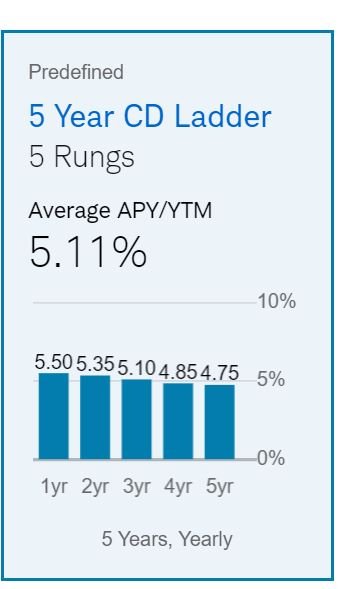Appreciate any feedback here, because i'm about to get a review from my hourly occasional FA whom I've worked with for about 12 years now. I'm in what's considered a moderate to moderate-conservative AA PF. I'm grateful for an accumulation to about 2.6/2.5m (fluctuates depending on any given week) - have no debt, low COLA, single, sorta segueing into semi-retirement at age 65 as of this year. PF generates about 87k/yr in div income. My AA is now about 50% FI and that's comprised largely of ETFs primarily short duration;-ST bond funds, (Treasury), floating rate bond funds,TIPS, such as SCHP, a little in intermediate-VGIT, and the ST etfs are primarily SHY, VCSH, SCHO, VGIT, BILS with some international debt/bond positions too. I work less as of this year...so div. income will ultimately become more important...and i am concerned about preservation, but don't want to just dismiss Growth. Firecalc doesn't give me any indication i've got any problems even with a 4% random return per year going forward, for a 30 year timeframe....
So, my big question on this particular periodic review with him is...why am i sitting in these bond funds that lost major NAV last year - which was of course the worst year in bond history - but over the past couple of years now, in response to specific questions - FA hasn't felt any compelling reason to exit any of them - even when we can get a 5+ % return on a no-risk MM or equivalent - investment. On that note, the 'rule of bonds' does hold that if you do not sell, you will (eventually) get back to even and get your ROI, if you hold and do nothing since div income theoretically improves as interest rates stay high or increase. But by far, bond funds have been my PF's biggest losers YTD and big time in 2022; major NAV losses far exceeding equity fund losses. All this said, what would the best question be to ask him as to why, at this juncture and in these market conditions, one would want to continue to stay in bond FUNDS - even those of ultra short duration -which are in fact STILL losing NAV with the prospect of continued high or higher interest rates - versus what would amount to taking big losses in a taxable account and otherwise by selling out of these funds and putting the proceeds into say, 5% guaranteed return/zero volatility Money markets - or other no-risk FI positions - that aren't subject to more market fluctuation driven by fear and obvious political manipulation. Sorry for the long-winded post but it's rather time-sensitive as I'm frankly weighing why I'm even continuing to work with him. I would imagine the response - as in the past will be that i need to ignore the short term volatity and think long-range but it sure seems we may well be in for this sort of volatility for even years to come. OTOH maybe i'm just being over-hyped by financial media BS. Thanks alot for any thoughts. Happy to elaborate on any details/questions.
So, my big question on this particular periodic review with him is...why am i sitting in these bond funds that lost major NAV last year - which was of course the worst year in bond history - but over the past couple of years now, in response to specific questions - FA hasn't felt any compelling reason to exit any of them - even when we can get a 5+ % return on a no-risk MM or equivalent - investment. On that note, the 'rule of bonds' does hold that if you do not sell, you will (eventually) get back to even and get your ROI, if you hold and do nothing since div income theoretically improves as interest rates stay high or increase. But by far, bond funds have been my PF's biggest losers YTD and big time in 2022; major NAV losses far exceeding equity fund losses. All this said, what would the best question be to ask him as to why, at this juncture and in these market conditions, one would want to continue to stay in bond FUNDS - even those of ultra short duration -which are in fact STILL losing NAV with the prospect of continued high or higher interest rates - versus what would amount to taking big losses in a taxable account and otherwise by selling out of these funds and putting the proceeds into say, 5% guaranteed return/zero volatility Money markets - or other no-risk FI positions - that aren't subject to more market fluctuation driven by fear and obvious political manipulation. Sorry for the long-winded post but it's rather time-sensitive as I'm frankly weighing why I'm even continuing to work with him. I would imagine the response - as in the past will be that i need to ignore the short term volatity and think long-range but it sure seems we may well be in for this sort of volatility for even years to come. OTOH maybe i'm just being over-hyped by financial media BS. Thanks alot for any thoughts. Happy to elaborate on any details/questions.
Last edited:

